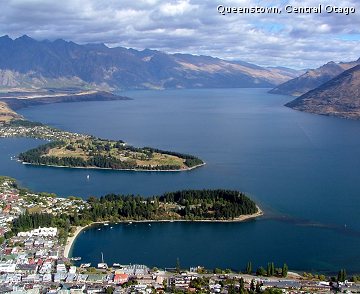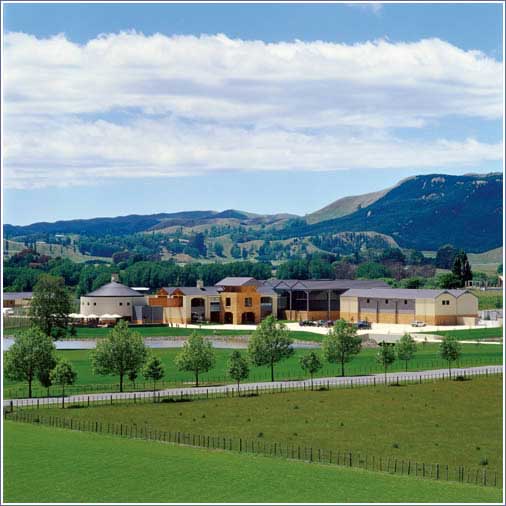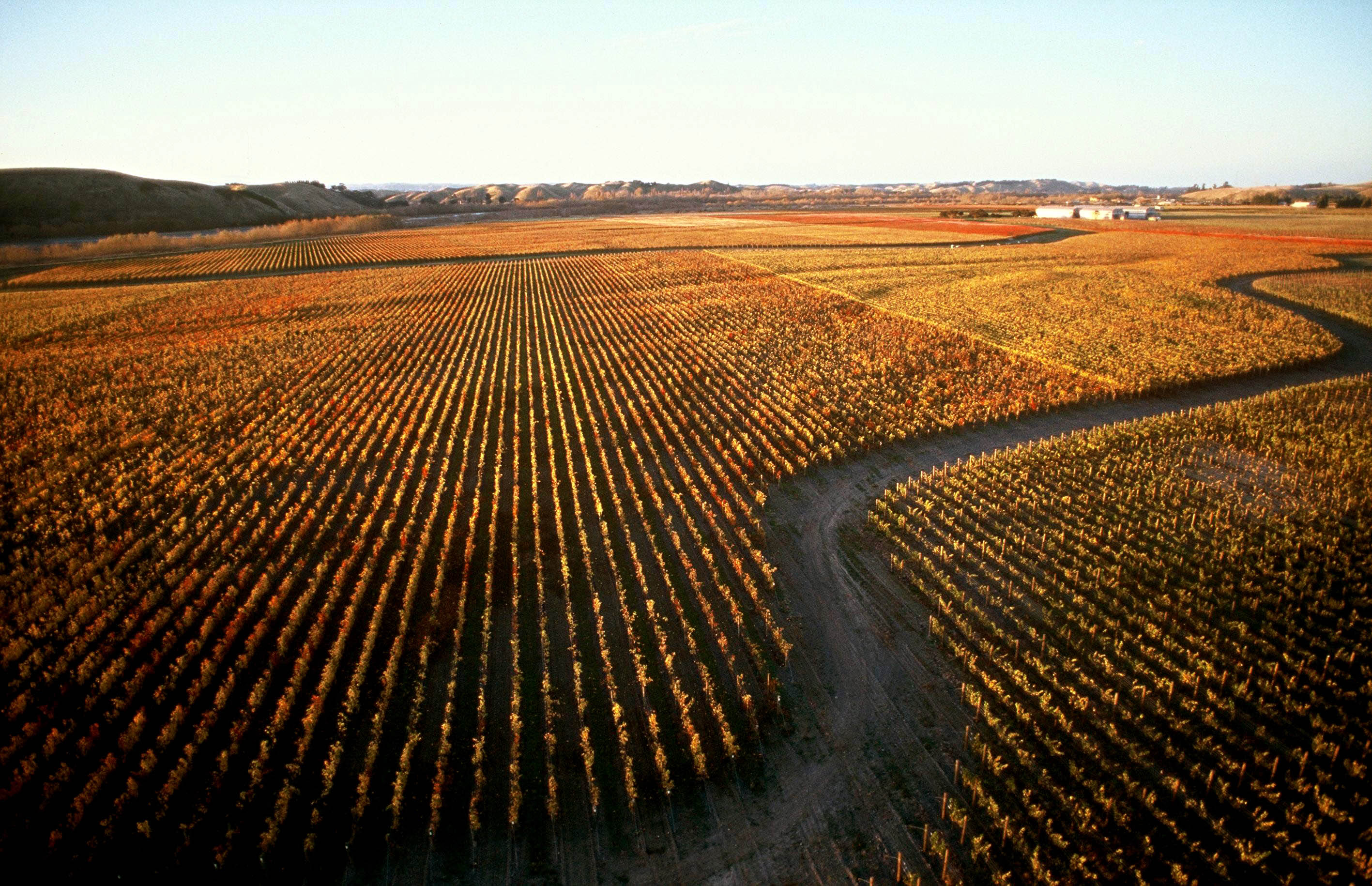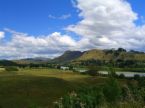New Zealand, Beyond Sauvignon Blanc
Contributed by Osmin Rodriguez
 Most of us know how New Zealand has made a name for itself with fresh, crisp and tropical fruit-driven Sauvignon Blancs. These have indeed become the signature wines from New Zealand but there’s more coming out of Kiwi Land than crisp whites. Recently Pinot Noir has been getting plenty of attention as the next great wine from New Zealand. However, our monthly recipe has been dedicated to New Zealand lamb, so we must look to Bordeaux-style reds for this recipe.
Most of us know how New Zealand has made a name for itself with fresh, crisp and tropical fruit-driven Sauvignon Blancs. These have indeed become the signature wines from New Zealand but there’s more coming out of Kiwi Land than crisp whites. Recently Pinot Noir has been getting plenty of attention as the next great wine from New Zealand. However, our monthly recipe has been dedicated to New Zealand lamb, so we must look to Bordeaux-style reds for this recipe.
But in New Zealand?
 Yes! The focus of this month’s recommendation is a wonderful Bordeaux-blend from Craggy Range winery. Before we get to the wine let's get to know a little about Craggy Range. This is high-tech winery created in 1999 by American-born Terry Peabody and New Zealand viticulturalist Steve Smith. Although they employ the latest high-tech equipment their focus is not to make great wine in the winery but to make great wine in the vineyards. They focus on single-vineyard wines that clearly express the soil and climate of their origins. They do produce Sauvignon Blanc but they also produce a fabulous selection of Chardonnay, Pinot Noir, Merlot-dominated reds as well as a big bold Syrah that you would not believe could come from cool-climate New Zealand.
Yes! The focus of this month’s recommendation is a wonderful Bordeaux-blend from Craggy Range winery. Before we get to the wine let's get to know a little about Craggy Range. This is high-tech winery created in 1999 by American-born Terry Peabody and New Zealand viticulturalist Steve Smith. Although they employ the latest high-tech equipment their focus is not to make great wine in the winery but to make great wine in the vineyards. They focus on single-vineyard wines that clearly express the soil and climate of their origins. They do produce Sauvignon Blanc but they also produce a fabulous selection of Chardonnay, Pinot Noir, Merlot-dominated reds as well as a big bold Syrah that you would not believe could come from cool-climate New Zealand.
Steve Smith

Our selected wine of the month is Craggy Range’s Te Kahu Merlot blend from their Gimblett Gravels vineyard. The Te Kahu selection comes from the warmest area of Gimblett Gravels. This is actually considered the warmest vineyard area in the country. This warm gravelly soil is ideal for Te Kahu which is made up of 77% Merlot, 11% Cabernet Franc and the rest evenly split between Malbec and Cabernet Sauvignon. This complex wine is full-bodied with ripe red fruit and firm, but not harsh, tannins that provide plenty of structure. The acidity of it also adds to the sense of balance one gets when tasting this wine. This balance of ripe fruit, acidity and firm tannins make it ideal for our New Zealand lamb dish.
Give New Zealand Sauvignon Blanc a break and discover some of the Red Gems being produced by Craggy Range.
Osmin
Craggy Range Winery
 Craggy Range has the opportunity to craft a wine business exactly the way it wants to, making the most of 150 years of pioneering winemaking in New Zealand.
Craggy Range has the opportunity to craft a wine business exactly the way it wants to, making the most of 150 years of pioneering winemaking in New Zealand.To some, New Zealand means cool climate winegrowing, but in reality it is much more diverse. In the Gimblett Gravels Winegrowing District in Hawkes Bay, Craggy Range has acreage that were destined to be that quarry. These stony soils located on the same latitude as Madrid, away from the cooling breeze of the South Pacific, create a warm environment, the only part of the country that is as warm and dry as the great French regions of Bordeaux and Hermitage.
Gimblett Gravels Vineyard is widely regarded amongst the very best vineyards for Bordeaux Reds and Syrah in New Zealand. Its unique location creates the warmest vineyard area in the country, where other climatic factors such as sunshine hours, humidity and rainfall are also ideal. The stony soils further warm the entire environment of the vine and create excellent soil conditions for making ultra premium red wines from these varieties. The stylistic characters of red wines from the vineyard are richness, ripeness and elegance with a distinctive fine dusty tannin called Gimblett Dust. The Chardonnay from the vineyard is also very highly regarded, with distinctive lemon floral notes and pronounced minerality on the palate.
 The combination of relatively low altitude, relative proximity to the sea, yet sheltered from the direct effect of the sea breeze creates what would be described as a temperate maritime climate. This combination of location, altitude, and the warming influence of the stony soils creates the warmest location in Hawkes Bay. The unique critical temperature parameters are the combination of high degree days, extended warm nighttime temperatures which allow the vines to keep ripening even at night.
The combination of relatively low altitude, relative proximity to the sea, yet sheltered from the direct effect of the sea breeze creates what would be described as a temperate maritime climate. This combination of location, altitude, and the warming influence of the stony soils creates the warmest location in Hawkes Bay. The unique critical temperature parameters are the combination of high degree days, extended warm nighttime temperatures which allow the vines to keep ripening even at night.While the locality is warm for New Zealand, it is still not hot in a world wine context. There is a similar temperate maritime climate in Bordeaux and Margaret River. The lack of excessive heat in the Gimblett Gravels is also a critical factor as it means the aromatic characters in the grape that contribute to many floral notes are retained. This climatic characteristic is also responsible for the ripe yet elegant structures that can be achieved in the wines.
 Gimblett Gravels is a unique story in itself. Located in Hawk’s Bay (North Island) it is a dry riverbed created when flooding shifted the Ngaruroro River back in the 19th century. What was at the time thought to be a useless area turned out to be mineral-rich vineyard lands that supported several types of vines depending on the soil mixture and location. The latitude, soil and distance from the cold waters of Hawk’s Bay have created an ideal site for Bordeaux-style reds.The soils are composed largely of small to medium sized stones made from greywacke, interspersed with layers of silt and sand down to a depth of at least 40m. The soils are largely the very stony phase of this soil type, with more than 80% of the soil volume taken up by stones. These stones are also largely found on the surface, with their dark grey colour absorbing sunlight and heat during the day and radiating heat at night.
Gimblett Gravels is a unique story in itself. Located in Hawk’s Bay (North Island) it is a dry riverbed created when flooding shifted the Ngaruroro River back in the 19th century. What was at the time thought to be a useless area turned out to be mineral-rich vineyard lands that supported several types of vines depending on the soil mixture and location. The latitude, soil and distance from the cold waters of Hawk’s Bay have created an ideal site for Bordeaux-style reds.The soils are composed largely of small to medium sized stones made from greywacke, interspersed with layers of silt and sand down to a depth of at least 40m. The soils are largely the very stony phase of this soil type, with more than 80% of the soil volume taken up by stones. These stones are also largely found on the surface, with their dark grey colour absorbing sunlight and heat during the day and radiating heat at night.


